New Concerns for Old Issues: Sexism in Hollywood
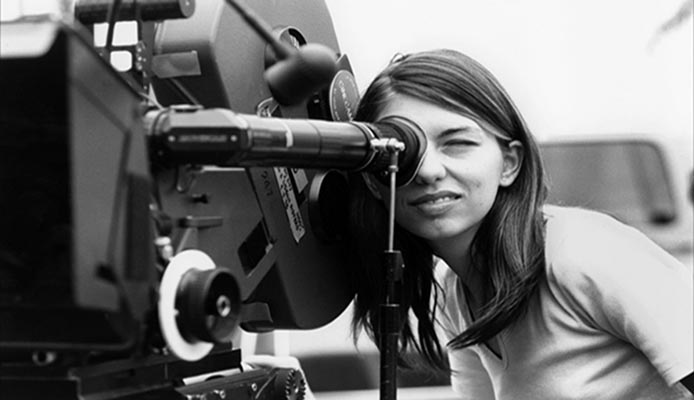
Massive film lover. Whether it's classic, contemporary, foreign, domestic, art,…
Hollywood has always been something of a boys club. If you think about the golden era of the studio system, you always hear about larger-than-life stars and the maverick, alpha-male directors that made all the classics we know and love today. Think of pictures of giants such as Howard Hawks, Samuel Fuller, John Huston, or Alfred Hitchc*ck, who are usually seen dictating their vision with booming authority. Meanwhile, the only time you ever see a women (who isn’t a dolled up starlet) is when they are trailing behind one of these guys with a notepad as the meek assistant or secretary. Although women have broken through the gates over the years to take the reign as directors, why is their presence in Hollywood so scant?
Founding Mothers, not Founding Fathers
The film business was a much more fertile land for women back in the 1900’s when the movie industry was in its infancy. Before Directors Guilds, Actors Guilds, and the influence of unions, women were involved in all facets of movie production. In the silent era, there were up to twenty independent production companies run by women, who made films ranging from standard fare entertainment to socially challenging stories concerning subjects such as birth control or poor living conditions. These films from directors Lois Weber, Julia Crawford Ivers, Ruth Ann Baldwin, Abel Normand and Alice Guy Blanche were about strong women, and were aimed at a female audience. They were also successful in their time, with each of these directors credited with dozens, even hundreds of films to their names.
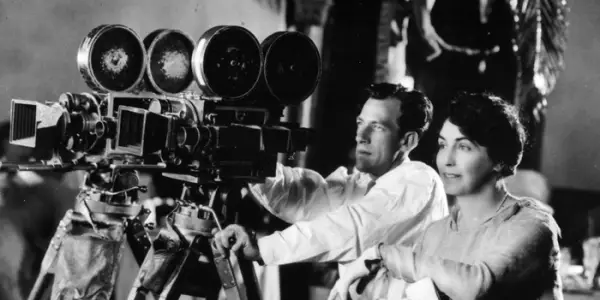
Mary Pickford, one of the biggest stars of the silent era, was instrumental in founding one of Hollywood’s most prolific studios in 1919, United Artists. It was around this time that people realized that the growing movie business was a profitable one, and was not something to be missed out on. Unfortunately, this led the film industry away from the free reign of artistic expression into the booming money-concerned industry that it is today. Men ran all the big companies back then (and today), as well as the Actors Guild, Directors Guild, and the unions. Things may have seemed hopeless for women in film, but some women managed to work their way through.
Dorothy Arzner came through the gates and would go on to direct a handful of successful feature films, garnering a unique name for herself in Hollywood from the 1930’s to the 1950’s. Dorothy Arzner wasn’t just a director, but also an intriguing figure, and is now the subject of feminist film scholars and gender theorists alike. She is something of an enigma in cinema history, and was often known to don men’s suits. She is also alleged to have had affairs with many famous female actors. Speculation aside, though, Arzner was an accomplished director who deserves the praise that her name often receives.
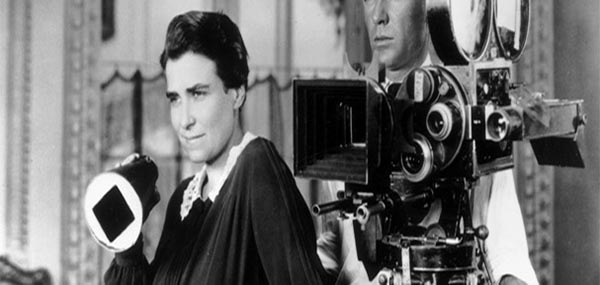
Postwar typecasting – Blonde Bombshells
The small amount of women behind the camera is dwarfed by the number of starlets who had a major draw in the early era of film. Yet, women in film were mostly typecast, and this is especially true in the postwar era. Around this time, the fetishistic fascination with the “blonde bombshell” had spun out of control. To think that the color of your hair could be rendered to a character is hard to imagine, yet the overly sanitized, postwar era created an almost insatiable appetite for the busty, platinum blonde woman.
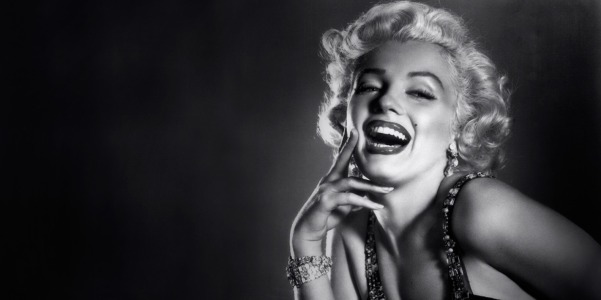
This typecasting eventually gave way to the “dumb blonde” stereotype. A prime example of this is Marilyn Monroe, whose talent was always thought of as secondary to her physique. More than anyone, she epitomized the 50’s era “blonde bombshell.” These characters were always starving for attention and seemed to exist solely for the pleasure of men. Their naiveté was perceived as “charming” and their flippant life view considered to be “cute.” Though women were finally more prominently featured in film, it was this overtly ditzy behavior that eventually created a damaging and offensive view of women in general.
Gender equality was practically non-existent in the 1950’s, and that comment isn’t exclusive to Hollywood. Although there were some female filmmakers in the business, they weren’t featured nearly as prominently as leading male directors. Women in the Hollywood system were placed in front of the camera for their looks first and foremost. Aside from the few female directors that found their way behind camera, they were either assistants, secretaries, script-girls or editors. If there was a chore-like job to do in the studio system, it was almost exclusively set aside for women.
The modern market – why women are left out
In 2012, the highest grossing film exported from America was The Avengers, grossing $900,000.00 in the foreign market. Franchises such as this eat up money overseas as sequel after sequel gains more and more money. So how does this fit in with the lack of female roles in Hollywood?
If your reputation in the movie business is that you can deliver a commercially appealing action blockbuster, with franchise possibilities, then you’re doing well for yourself. Unfortunately, these jobs seem to go almost exclusively to men. Action sells, not just here but across the world, and Hollywood is less interested in what their domestic audiences will take to than what’s going to generate revenue in the global market. If The Avengers was a flop in the United States (that it was not) the studios would have still made money hand over fist on it’s foreign draw alone.
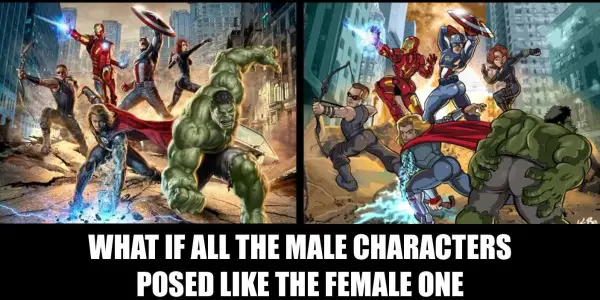
Sadly, male-driven action films aren’t the kind of projects that executives typically expect women to direct. It’s too bad, though, especially when you consider that the premiere female director working in Hollywood today (Kathryn Bigelow) is responsible for action films such as Point Break, Strange Days, and the cult vampire film Near Dark.
The studio system is poorly suited, and we’re far from anything that resembles “gender equality” in Hollywood. So what’s the answer? What is the solution to the ongoing issue of sexism in the film industry?
A Brighter Future Perhaps?
One could argue “well, there are prominent female directors,” using the two big names in Hollywood right now: Kathryn Bigelow and Sofia Coppola. Although both directors are clearly gifted in their craft and deserve to be acclaimed, where would they be if they weren’t related to major male filmmakers?
The buzz at the 2010 Oscars wasn’t just that Bigelow was a woman, but that she was up against her ex-husband James Cameron for a Best Picture nomination. Sofia Coppola has made many great films since she took the director’s chair, but does her public trust perhaps have something to do with the fact that she’s the daughter of Francis Ford Coppola? Had she not been born a Coppola would she be in the league of other independents like the overlooked female director Kelly Reichardt?
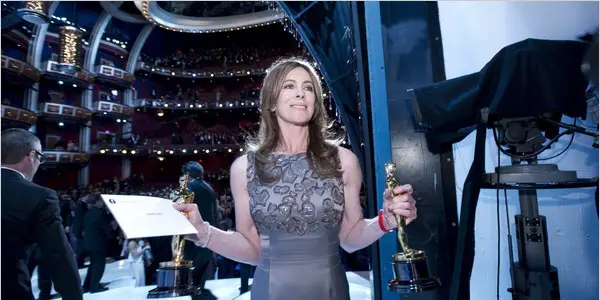
Like many unfortunate circumstances in Hollywood, the lack of female directors in the business comes down to the almighty dollar. Those who sign the checks are the true bosses of Hollywood. So unless you’re a brand name or have the reputation of making commercially viable films, the studio will not want to make your picture. It’s not just the box office rates that come into play when accounting a movie’s success, but also foreign distribution. And the kinds of American films that sell well in the world are, of course, action franchises. See a pattern developing?
One way to beat the studios and their bosses is to take your creative vision somewhere that it can grow and flourish. If big-budget spectacle is all that people are interested in, and the foreign market is their only concern, then I say let them have it. After all, creative revolutions occur during periods of commercial stagnation. It was the case at the dawn of the new Hollywood movement at the end of the 60’s, and it could be the case now.
From the Silver Screen to the Small Screen
The new revolution seems to be in television, where creativity and real female characters can be explored and depicted free of stereotypes and clichés. HBO’s original programming has been a well of superlative and original content for years now, and it doesn’t show any sign of drying out. Sex and the City and the recent hit series Girls feature stories about women, written by women, and they are free from the shackles of blockbuster expectations and concern for the foreign market. Lena Dunham, the star of Girls, had cut a feature film in the past, called Tiny Furniture. But it wasn’t until her HBO series that she was actually brought into the limelight.
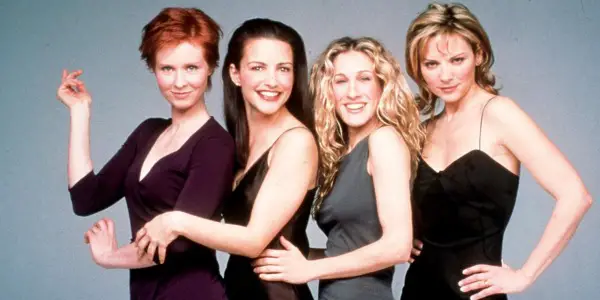
Conclusion
The scarcity of women in Hollywood is troubling, but if you consider what the film industry has been up to, maybe its not a case of Hollywood ignoring women, but of women ignoring Hollywood. And if you consider the flow of content coming from alternate sources of entertainment, who do you think is missing out?
Now we would like to hear from you. What are some of your favorite female directors, or a film that was directed by a woman?
Other female directors that you may be interested in:
(top image: Sofia Coppola – source: indiewire.com)
Does content like this matter to you?
Become a Member and support film journalism. Unlock access to all of Film Inquiry`s great articles. Join a community of like-minded readers who are passionate about cinema - get access to our private members Network, give back to independent filmmakers, and more.
Massive film lover. Whether it's classic, contemporary, foreign, domestic, art, or entertainment; movies of every kind have something to say. And there is something to say about every movie.













